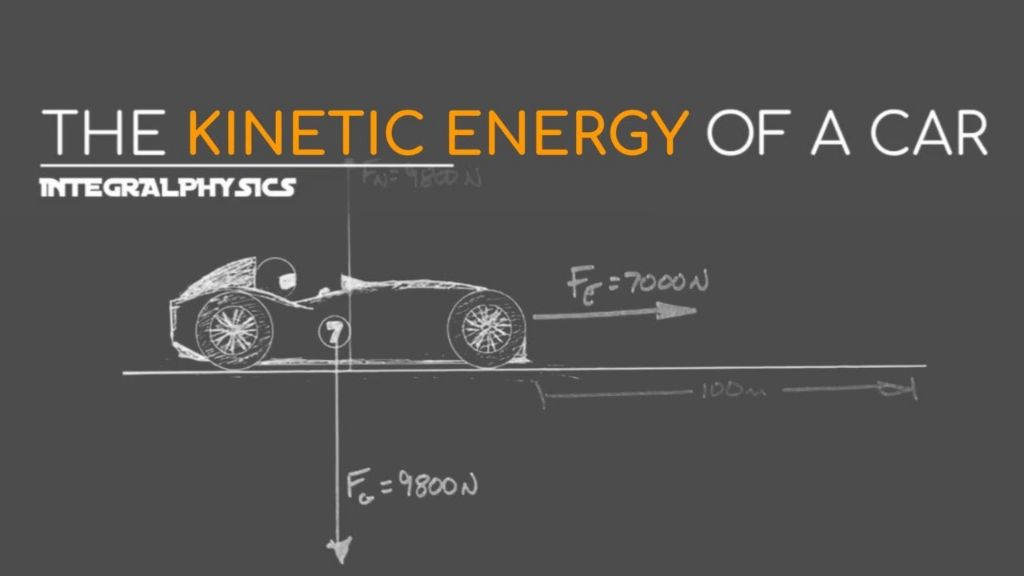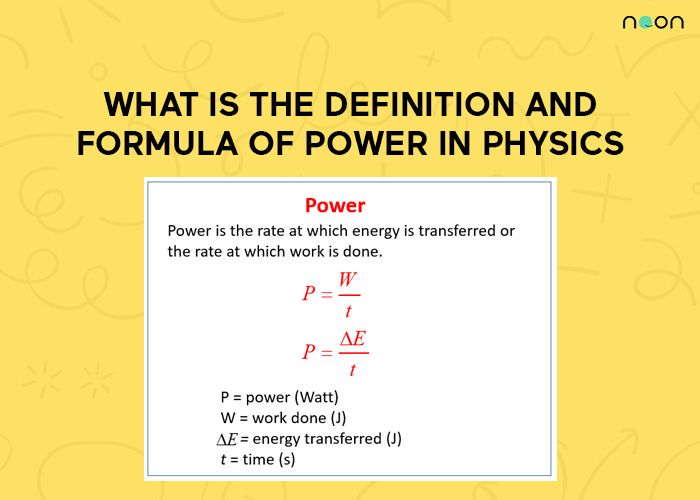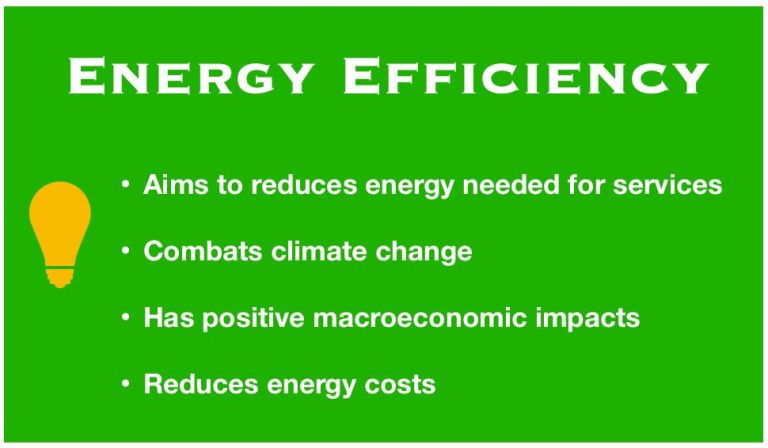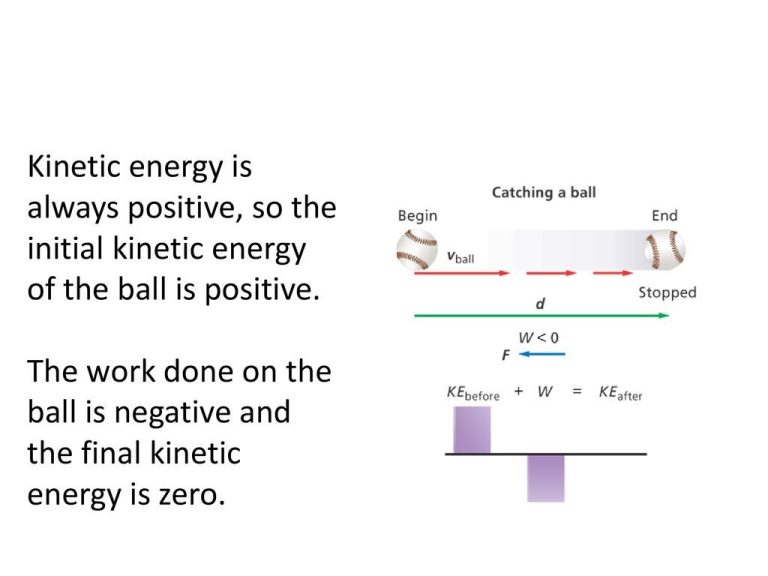What Is Definition Of Energy In Science?
Energy is a fundamental scientific concept that is critical to understanding our universe. Energy drives all of the physical and chemical processes that allow life to exist. From the smallest subatomic particle to the largest galaxy, energy is continuously being transferred and transformed. Developing a strong grasp of what energy is and how it behaves is key for scientific progress.
The study of energy spans all scientific disciplines including physics, chemistry, biology, environmental science, and engineering. Having a clear definition of energy that applies across these fields allows scientists to work together to advance discoveries. How energy is harnessed and utilized is central to meeting human needs and driving technological innovation. Understanding energy is necessary for solving global challenges like meeting future energy demands, ensuring access to energy resources, and mitigating human impacts on Earth’s climate.
Scientific Definition
In physics, energy is defined as the ability to do work. Energy exists in different forms that can be converted from one form to another. The basic forms that energy takes are:
- Kinetic energy – the energy of motion. Examples are a moving object, sound waves, electromagnetic radiation.
- Potential energy – stored energy due to an object’s position or arrangement. Examples are a compressed spring, objects at high altitude due to gravity, chemical bonds.
- Electrical energy – energy from electric charges or fields. Examples are batteries, static electricity, current in wires.
- Thermal energy – the kinetic energy of random molecular motion. Examples are heat, internal energy of substances.
- Nuclear energy – energy stored in the nucleus of atoms. Examples are nuclear fission, nuclear fusion, radioactive decay.
- Chemical energy – energy stored in the bonds between atoms. Examples are hydrocarbon fuels, food energy.
According to the law of conservation of energy, energy can change forms but cannot be created or destroyed. The total amount of energy in a closed system always remains constant.
Kinetic Energy
Kinetic energy is the energy an object has due to its motion. The faster an object moves, the more kinetic energy it possesses. Kinetic energy is directly proportional to the object’s mass and to the square of its velocity. For example, a car moving at 60 mph has four times as much kinetic energy as one moving at 30 mph.

Some common examples of kinetic energy include:
- A moving bullet
- Wind blowing across the land
- Waves crashing on a shoreline
- A space shuttle launching into orbit
- A jogger running down the street
In each case, the motion of the object gives it kinetic energy. Other forms of energy, like potential energy or chemical energy, can be converted into kinetic energy to put something into motion.
Potential Energy
Potential energy is the stored energy an object has due to its position or chemical composition. There are several types of potential energy:
- Gravitational Potential Energy – This is energy stored due to an object’s height above the ground. For example, a book held 1 meter above the ground has more potential energy than a book sitting on a table. As the book falls, gravitational potential energy is converted to kinetic energy.
- Elastic Potential Energy – This is energy stored in elastic materials that are stretched or compressed. For example, a compressed spring or stretched rubber band stores elastic potential energy.
- Chemical Potential Energy – This is energy stored in the bonds between atoms and molecules. Chemical reactions and nuclear reactions release this potential energy. Common examples include batteries, food, fuel and explosives.
In general, potential energy refers to stored energy based on an object’s structure or position, which can be released to do work in the right circumstances.
Chemical Energy
Chemical energy is the potential energy stored in the bonds between atoms and molecules. It is the energy released when a chemical compound reacts or changes state. For example:
- The molecules in food store chemical energy that is released when food is digested.
- Batteries convert chemical energy into electrical energy through chemical reactions.
- Explosives like TNT contain a huge amount of stored chemical energy that is released rapidly during an explosion.
- Photosynthesis in plants converts radiant energy from the sun into stored chemical energy in sugar molecules.
In each example, energy is either stored or released through breaking or forming of molecular bonds. The amount of energy stored in the bonds of a molecule or compound determines its chemical energy content.
Electrical Energy
Electrical energy is the energy carried by moving electrons in a conductor. It is a form of energy that results from the flow of charge carriers like electrons.
Some examples where electrical energy is observed include:
- Batteries – Chemical energy is converted to electrical energy as electrons flow through the battery to power devices.
- Power plants – Sources like coal, natural gas, nuclear, solar and wind are used to generate electrical energy that powers cities and towns.
- Lightning – Friction between storm clouds generates enormous electrical potential energy that is discharged as lightning.
- Electric eels – Specialized organs in their body allow them to generate electrical discharges to stun prey.
Electrical energy is extremely useful because it can be easily converted into other forms of energy like light, heat, motion etc. Modern civilization is heavily reliant on electrical energy for powering appliances, communication systems, transportation and industries.
Nuclear Energy
Nuclear energy is the energy stored inside the nucleus of an atom. Atoms are the basic units that make up matter in the universe. At the center of atoms is a nucleus containing protons and neutrons. These particles are held together by a strong nuclear force. Nuclear energy comes from the forces that hold the nucleus together. The strongest nuclear force is the force that holds protons and neutrons together in the nucleus.
There are a few ways that nuclear energy can be released from the nucleus of an atom:
- Nuclear fission – the nucleus of a heavy atom like uranium or plutonium can be split apart into smaller nuclei, releasing a large amount of energy.
- Nuclear fusion – light nuclei can be combined to form heavier nuclei, releasing energy. This is the process that powers stars.
- Radioactive decay – an unstable nucleus can emit radiation as it decays into a more stable form, releasing energy in the process.
Nuclear power plants use nuclear fission to generate electricity. The fission of uranium or plutonium produces heat that is used to boil water into steam that spins a turbine to generate electricity. Nuclear weapons also rely on nuclear fission or fusion to create explosive energy. Radioactive decay provides the energy for radioactive elements and isotopes that have applications in medicine, industry, agriculture, and research.
Thermal Energy
Thermal energy refers to the internal energy present in molecules and atomic lattice vibrations as a result of their temperature. Objects and substances with a higher temperature have greater thermal energy than those at lower temperatures.
Thermal energy results from the kinetic energy of moving particles that make up matter. The faster the particles move, the higher their kinetic energy and the higher the thermal energy. Thermal energy flows from warmer objects to cooler surroundings in the form of heat until equilibrium is reached.
Examples of thermal energy in everyday life include:
- The warmth provided by the sun’s rays on a sunny day
- Heat radiating from hot stovetops and ovens while cooking
- Steam rising from a pot of boiling water
- Warmth generated from friction when rubbing hands together
- Heat released from burning fuel in a campfire or fireplace
Energy Conversion
Energy can be converted between different forms through various processes. Some common examples of energy conversion include:
Mechanical to thermal energy – When brakes are applied to a moving car, the car’s kinetic energy is converted to heat due to friction between the brake pads and rotors.
Chemical to electrical energy – Chemical energy stored in the bonds of molecules like glucose and ATP is converted to electrical energy in biological organisms. This occurs through processes like cellular respiration.
Radiant to chemical energy – Plants convert radiant light energy from the sun into chemical energy stored in the bonds of glucose molecules through photosynthesis.
Nuclear to thermal energy – In nuclear power plants, nuclear energy released from fission reactions is used to heat water into steam. The steam then spins a turbine to generate electricity.
Gravitational potential to kinetic energy – When a ball is held at a height above the ground, it has gravitational potential energy. When dropped, this potential energy gets converted to kinetic energy as the ball accelerates towards the ground.
Conclusion
In conclusion, energy is defined in science as the ability to do work or produce heat. There are many different forms of energy, including kinetic energy, potential energy, chemical energy, electrical energy, nuclear energy, and thermal energy. While the total amount of energy in a closed system remains constant, energy can transform from one form to another through various processes. This ability for energy to change forms is essential for life and technology.
Understanding the scientific concept and principles of energy is foundational knowledge for all STEM fields. The study of energy enables innovations in power generation, transportation, manufacturing, computing, and more. Whether it’s the chemical energy in the food we eat, the electricity that powers our homes, or the thermal energy radiating from the sun, energy is an integral and ubiquitous part of our universe. A deeper appreciation for the definition and role of energy leads to a greater wonder of the natural world.






